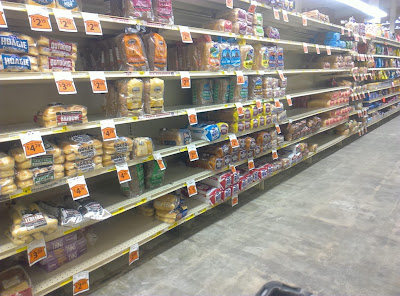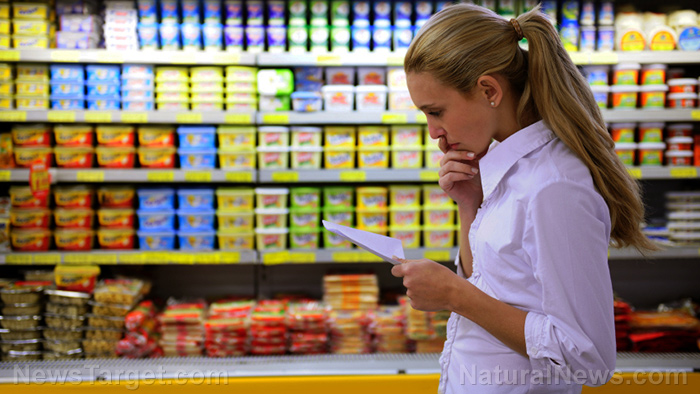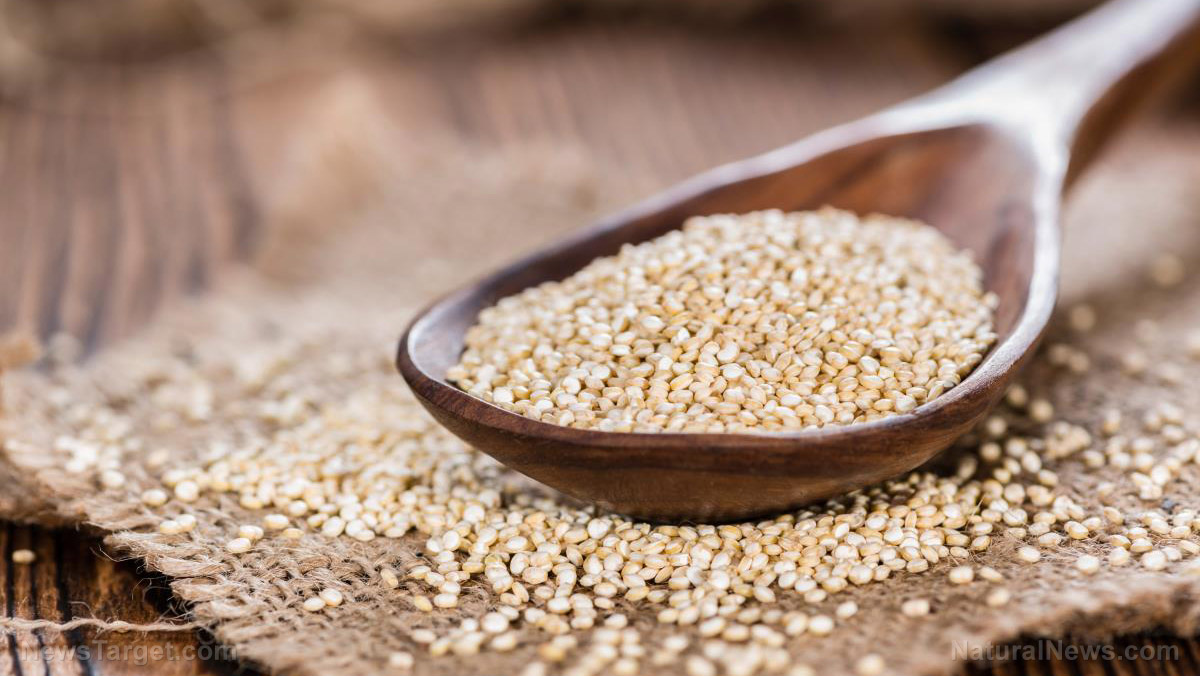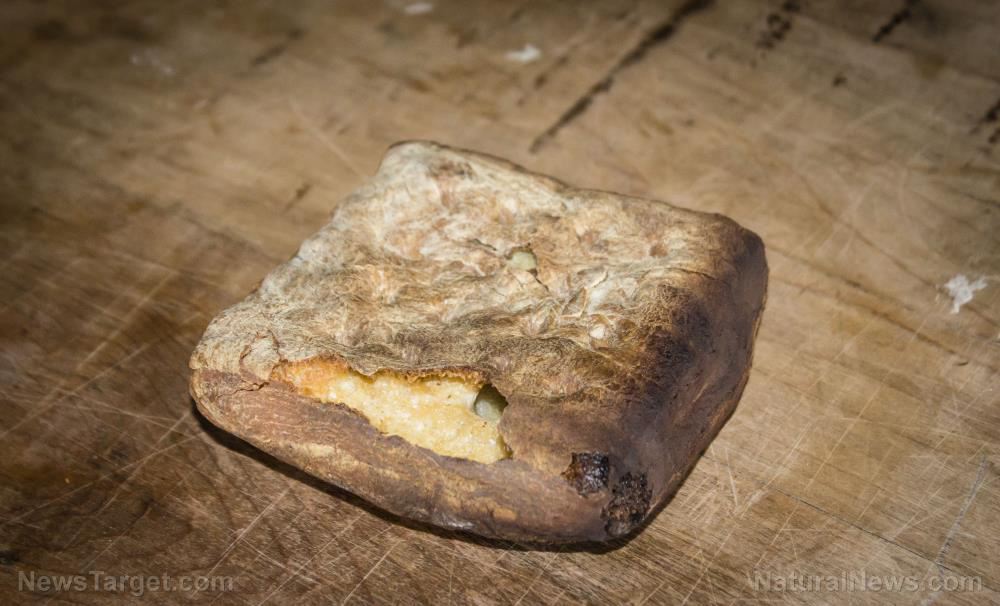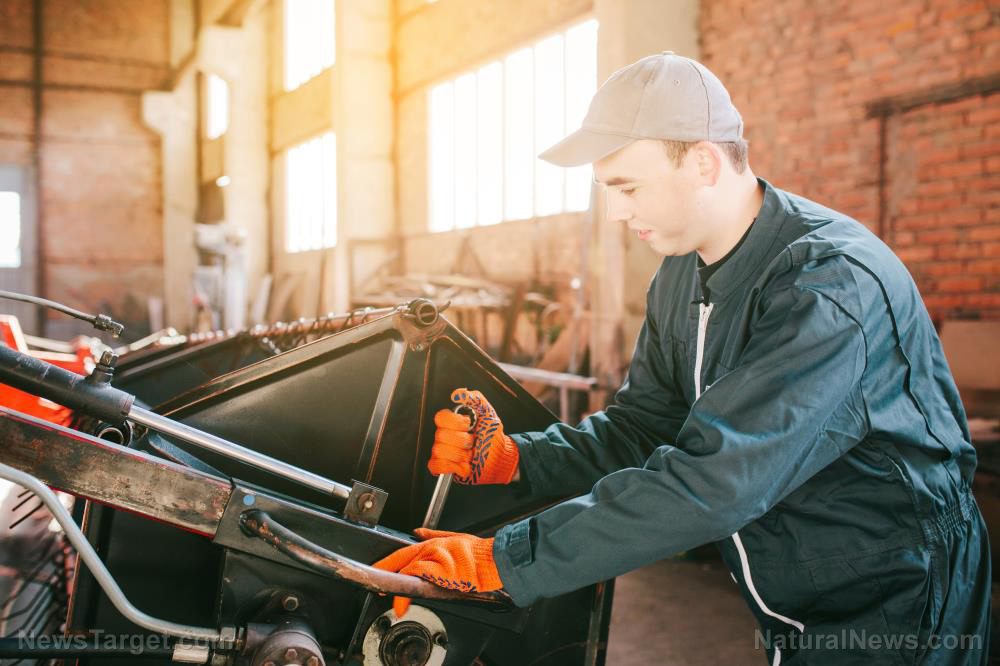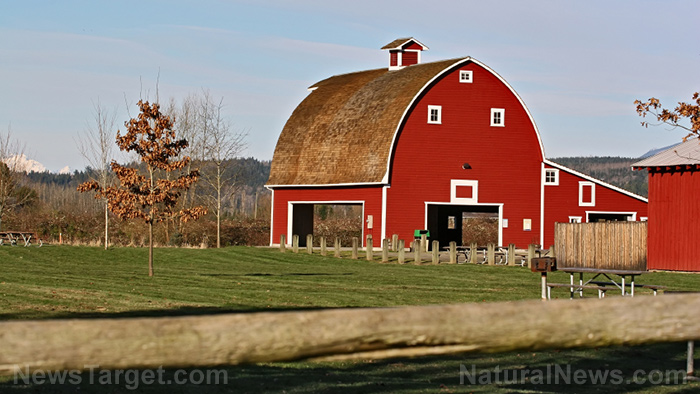Coffee prices soar to 7-year high as supply woes hit top producers Brazil, Colombia and Vietnam
11/18/2021 / By Matthew Davis
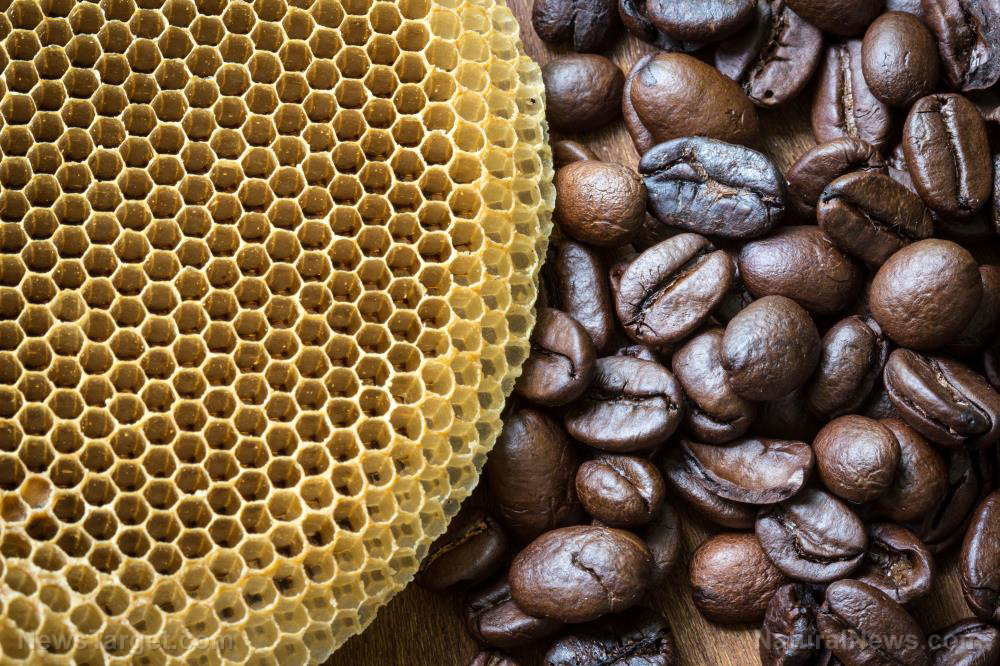
Poor weather, shipping snarls and soaring fertilizer prices, which affected supplies from leading producers Brazil, Colombia and Vietnam, sent the price of coffee to a seven-year high.
Prices have almost doubled in the past year, raising the cost outlook for companies such as Starbucks Corp. and Peet’s Coffee & Tea Inc. that favor the high-end variety of beans.
Arabica futures for March delivery rose as much as 4.8 percent to $2.235 a pound in New York, the highest since October 2014.
Early projections for Brazil’s 2022 crop indicate yields will trail the nation’s last high-yielding cycle in 2020-21. That will limit the rebuilding of stockpiles needed to weather the typical dip in the following harvest’s output.
“The global coffee markets remain in deficit and whenever prices drop we see industry buying ahead of further tightening,” said Kona Haque, who leads research at commodity trader ED&F Man in London.
Higher prices at café and grocery stores are expected to happen as food inflation in the U.S. worsened. According to government data, consumer prices rose at the biggest annualized rate in 30 years last month. (Related: Food inflation in the US about to reach a tipping point.)
Brazil’s 2021 output plunged after drought and frost damaged trees. Rains will remain crucial for any 2022 recovery.
Second-ranked arabica supplier Colombia is struggling with excessive rains that cut yields and heightens the risk of plant disease. The two countries account for almost three-quarters of world arabica output.
Soaring fertilizer prices are adding to farmers woes while elevated freight costs and a lack of container ships hinder exports. That has stalled shipments of millions of bags of coffee out of Brazil. Vietnam, the top robusta supplier, has also seen freight rate climb even higher.
Meanwhile, fertilizer costs are rising in Brazil amid global export restrictions and robust demand, according to Bloomberg Intelligence. Countries where currencies have depreciated against the dollar are feeling the impact even more, including Costa Rica, long a favorite of American coffee connoisseurs.
Prices are likely to stay high as elevated shipping costs eat into profits for producers, exporters, importers, roasters and retailers, said Christian Wolthers, the president of Wolthers Douque, a Florida importer whose family has been in the Brazilian coffee business for decades.
In London, robusta coffee rose for a second session, lifting the 12-month advance to 63 percent. That variety is used widely for instant beverages such as Nestle’s Nescafe.
Devastating frost, shipping woes hit Brazil
Meanwhile, retail coffee prices are expected to climb as the most devastating frost in decades hit top coffee producer Brazil. Shipping logjams induced by the Wuhan coronavirus (COVID-19) pandemic also resulted to record freight costs.
A hike in coffee prices will further raise the cost of a basket of shopping following increases for other items such as bread, vegetable oils and sugar.
As input costs continue to rise, more staples companies are forwarding the difference to consumers. Nestlé, Danone and Procter & Gamble all said that shoppers can expect higher bills at the grocery store. As a rule of thumb, price increases above five percent are harder to implement without changing buying patterns, according to supermarket and consumer goods executives.
Arabica coffee on the ICE Futures U.S. exchange has doubled in price over the last 12 months with crops in Brazil already wilting after the worst dry spell in 91 years. The extent of the damage is still being assessed, but it may take up to seven years for production to fully recover in areas where coffee trees have not survived.
Shipping disruptions have also led to a sharp rise in the cost of transporting beans to major consuming countries in North America and Europe.
Traders believe that while consumers will soon have to pay more to purchase coffee from supermarkets, the cost of a latte or Americano at high street coffee chains may not follow suit in the short term.
“Roast and ground coffee in supermarkets has only coffee and a bit of packaging. Your coffee at Starbucks might not go up as much because you pay more for the shop, the wifi, the experience,” one trader said.
The rise in arabica coffee prices on the ICE Futures U.S. exchange accelerated rapidly after the recent frost.
The rise in transport costs, linked to a shortage of shipping containers, could also play a major role in driving up prices. Coffee is normally shipped in containers, in contrast to commodities such as grains, which are transported in bulk carriers.
Many coffee companies find it easier to withstand a rise in the cost of beans, at least in the short term, than increasing shipping costs as they often fix the price of their purchases several months in advance.
“We have hedging here in place for a good percentage of our coffee needs for the rest of this year and even for part of next year so I’m not short-term worried about that,” Nestle Chief Executive Mark Schneider said during a recent conference call.
Carlos Santana, coffee head trader for Eisa Interagricola, a unit of ECOM Trading, said it was very challenging to ship coffee, particularly in the Americas.
“It is almost not economical to use this route right now. The ports in the U.S. are full, shipping companies do not want to take more cargoes to there, so they charge more. Prices are more than three times higher than they were before the pandemic,” he said. (Related: Shipping workers warn of imminent global transport systems collapse.)
Follow Bubble.news for more news and information related to food prices.
Sources include:
Tagged Under: arabica, Brazil, bubble, coffee, Colombia, food collapse, food supply, grocery, Inflation, price increase, products, robusta, shipping, supply chain crisis, Vietnam
RECENT NEWS & ARTICLES
COPYRIGHT © 2017 FOOD SUPPLY NEWS



